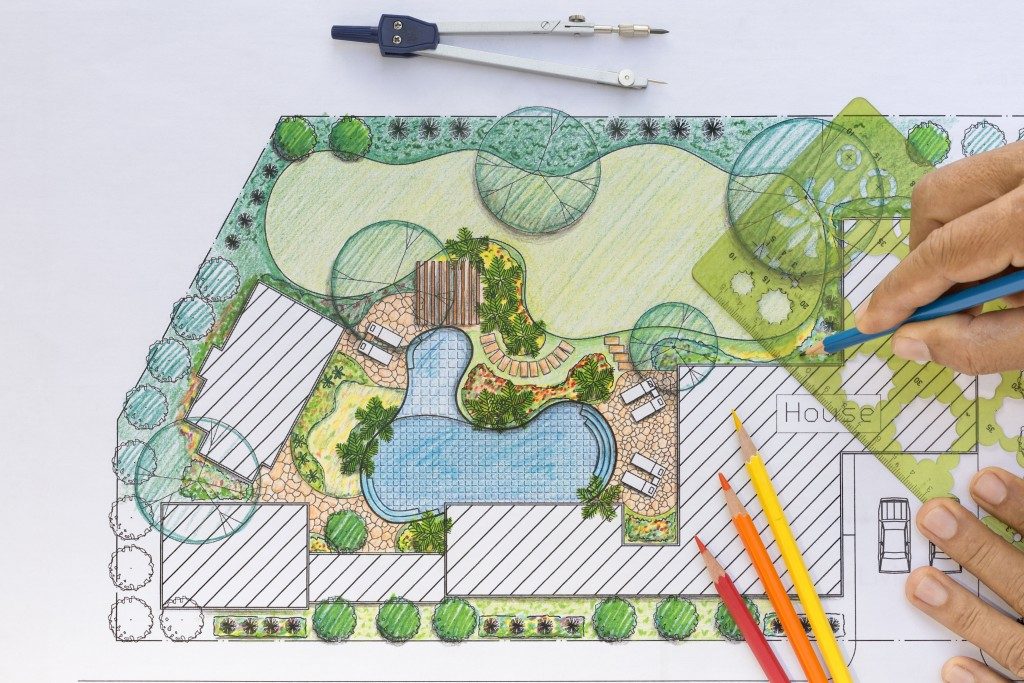Hardscapes are the non-living features of a garden. They are the pavers, walkways, decks, patios, driveways and retaining walls. In most cases, they are used to defining boundaries and add layers or elevation in gardens and lawns with a variety of plantings.
But in urban locations, they are often the dominating feature to which the choice of plantings must adhere to. Whatever is the case with your lot, there are ways to get creative and use hardscaping as a defining element. Below are some principles to follow for a successful hardscaping project:
Traffic Patterns and Boundaries
One of the main reasons to incorporate hardscaping is accessibility. We put pavers and walkways to delineate access points across the garden and send a message that the rest of the garden is off limits. There are tons of paving materials to choose from, including stone, gravel, slate, limestone, concrete, brick, and even decorative tiles.
The choice of paving is up to you, but you may want to weigh in the pros and cons of each material. Does it add visual interest? Is a solid or impervious surface more suitable for your plot? What kind of texture do you envision? Is it suitable for the layout? Will it hold up against the elements and the foot traffic it will receive?
Hardscapes as Functional Areas
Hardscapes can be more than just design elements and walkways. It can have a utilitarian purpose, as well. For instance, square concrete planters can act as a living wall for added privacy or hardy containers for your urban oasis. If you’re planning to build a grilling space or outdoor entertainment area, you can also hardscape around it to make it cozier and more comfortable.
Hardscapes can also double as seating in hidden areas or quiet spaces for contemplation. If you have a hilly plot, instead of leveling out the crooked areas, you can use quarried stone or limestone to build low steps. This not only helps you maximize the space, but it also adds visual interest to the landscape. If you’re landscaping on a slope, hardscapes will act as a rip rap that keeps erosion at bay and provides a suitable condition for plant growth.
Hardscape as “Backbone”

If planned and executed well, hardscaping makes for an attractive backbone structure for your yard. It gives you the foundation to create areas for enjoying the outdoors, spaces to cultivate your green thumb, and the perfect spot for entertaining and socializing. Add a fire pit to keep guests cozy and throw in some cushions for extra comfort. Don’t forget to install mood lighting to make the space attractive and comfortable for nighttime use. Install pergolas or build living areas in shady areas to maintain comfort during hot, sunny days.
Many elements must come together. To create a good hardscape plan. Be sure to balance form and function, as well as hard elements and soft, organic ones. In addition to trees, shrubs, and ornamental plants, consider adding water features and colorful accessories to liven up the space. Hardscapes tend to evoke “control” and “restraint” at times, and organic elements will help soften that up and bring harmony to the area.

